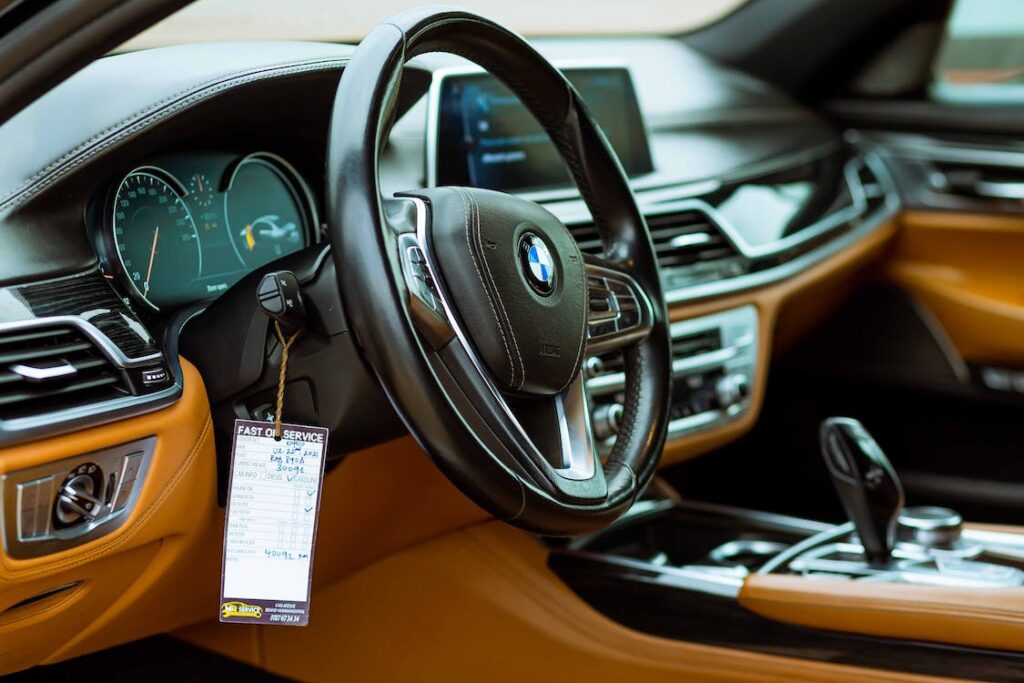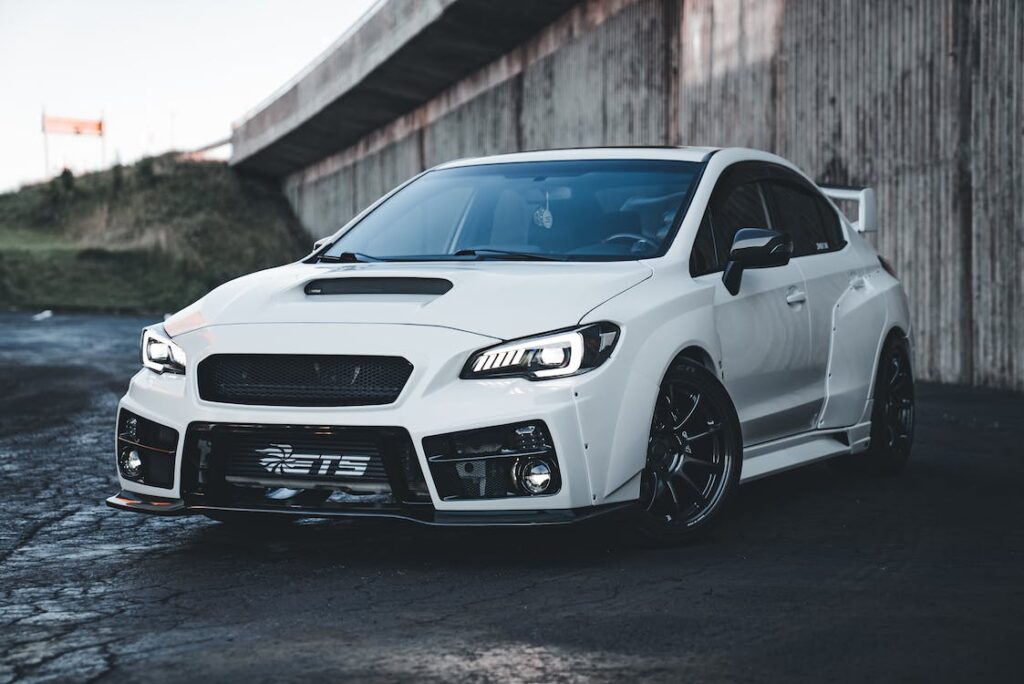How to install TV in car? They have transformed into our personal spaces where we seek comfort, convenience, and entertainment. One popular way to enhance the entertainment experience in your car is by installing a TV. Whether you’re planning a long road trip or simply want to make your daily commute more enjoyable, a car TV can provide hours of entertainment.
There are several reasons why you might consider: install TV in car:
Entertainment on the Go: A car TV allows you to enjoy your favorite movies, TV shows, and even gaming while on the road.
Keeping Kids Occupied: If you have children, a car TV can be a lifesaver during long trips. It helps keep them entertained, reducing the chances of boredom and restlessness.
Business and Productivity: For those who use their cars as mobile offices, a car TV can be a valuable tool.

Choosing the Perfect TV for Your Car
How to install tv in car? When it comes to selecting a TV for your car, there are a few key factors to consider:
Size and Fit: Measure the available space in your car and choose a TV that fits perfectly without obstructing your view or causing discomfort.
Screen Quality: Opt for a TV with a high-resolution screen to ensure a clear and vibrant viewing experience, even in bright sunlight.
Power Requirements: Consider the power requirements of the TV and ensure that your car’s electrical system can handle the load without draining the battery excessively.
Mounting Options: Determine whether you want a headrest-mounted TV, a flip-down monitor, or a standalone unit.
Preparing for the Installation Process
Before diving into the installation, gather the necessary tools and materials:
Screwdriver set
Wire strippers
Electrical tape
Mounting brackets (if required)
Wiring harness (if required)
Power inverter (if necessary)
HDMI or AV cables
Fuse tap (if necessary)
Installing the TV in Your Car
Follow these steps to install the TV in your car:
Choose the Location: Decide where you want to mount the TV. Popular options include the headrests, the center console, or the ceiling.
Prepare the Mounting Surface: Depending on the location, you may need to remove the headrest or disassemble parts of the car’s interior to create a suitable mounting surface.
Mount the TV: Use the provided brackets or a custom mounting solution to securely attach the TV to the chosen location.
Connect the Wiring: Use the wiring harness and AV or HDMI cables to connect the TV to your car’s audio and video systems. Ensure proper cable management to prevent clutter and interference.
Secure the Wiring: Use wire clips or electrical tape to secure the cables and prevent them from dangling or getting in the way.

Connecting Audio and Video Sources
To fully utilize your car TV, you need to connect it to audio and video sources:
DVD/Blu-ray Players: Connect the player to the TV using AV or HDMI cables. Ensure the player is securely mounted and easily accessible for disc changes.
Streaming Devices: Use devices like Chromecast, Apple TV, or Amazon Fire TV Stick to stream content wirelessly to your car TV. Ensure a stable internet connection for uninterrupted streaming.
Gaming Consoles: Connect your gaming console to the TV using an HDMI cable. Ensure the console is securely mounted and consider using a wireless controller for convenience.
Powering Your Car TV
To power your car TV, you have a few options:
Direct Wiring: Connect the TV directly to your car’s electrical system using a wiring harness. This ensures a constant power supply but may require professional installation.
Cigarette Lighter Socket: Use a power inverter to convert the car’s 12V cigarette lighter socket into a power outlet for the TV. This option is simple but may drain the battery if used for extended periods.
Portable Power Banks: If you prefer a portable solution, consider using power banks designed for car electronics. These provide a temporary power source and are ideal for shorter trips.
Ensuring Safety and Legal Compliance
Before installing a TV in your car, it’s crucial to check the safety and legal regulations in your region. Some important considerations include:
Distraction: Ensure that the TV installation does not interfere with your ability to drive safely. Position the TV where it does not block your view or distract you from the road.
Legal Restrictions: Familiarize yourself with local laws regarding the use of TVs in vehicles.
Passenger Safety: Ensure that the TV is securely mounted to prevent it from becoming a hazard during sudden stops or collisions. Consider using childproof locks on headrest-mounted TVs to prevent accidental damage.
Troubleshooting Common Issues
If you encounter any issues with your car TV installation, consider these common troubleshooting tips:
Check Connections: Ensure all cables are securely connected and properly seated.
Power Supply: Verify that the TV is receiving power from the correct source and that the power supply is functioning correctly.
Fuse Check: If the TV fails to power on, check the fuse in the wiring harness or power inverter.
Signal Issues: If the TV displays a poor signal or no signal, check the connections and ensure that the source device is functioning correctly.
How can I ensure my car from theft?
The clever and distinctive technology inhibits signal amplification and defends against relay attacks. Install the electronic chip in the key fob to start taking use of all the features it has to offer. A motion sensor on a Smart Keyless protector disables the fob after three minutes of inactivity. The chip disconnects the battery while the device is still to prevent unnecessary radio signal transmission.
Last Thoughts
How to install TV in car. It can significantly enhance your travel experience, providing entertainment and convenience on the go. By following this comprehensive guide, you can ensure a successful installation process and enjoy your favorite shows and movies while on the road. Remember to prioritize safety, adhere to legal regulations, and troubleshoot any issues that may arise. So, go ahead and transform your car into a personal entertainment hub with a TV installation that is sure to impress!











